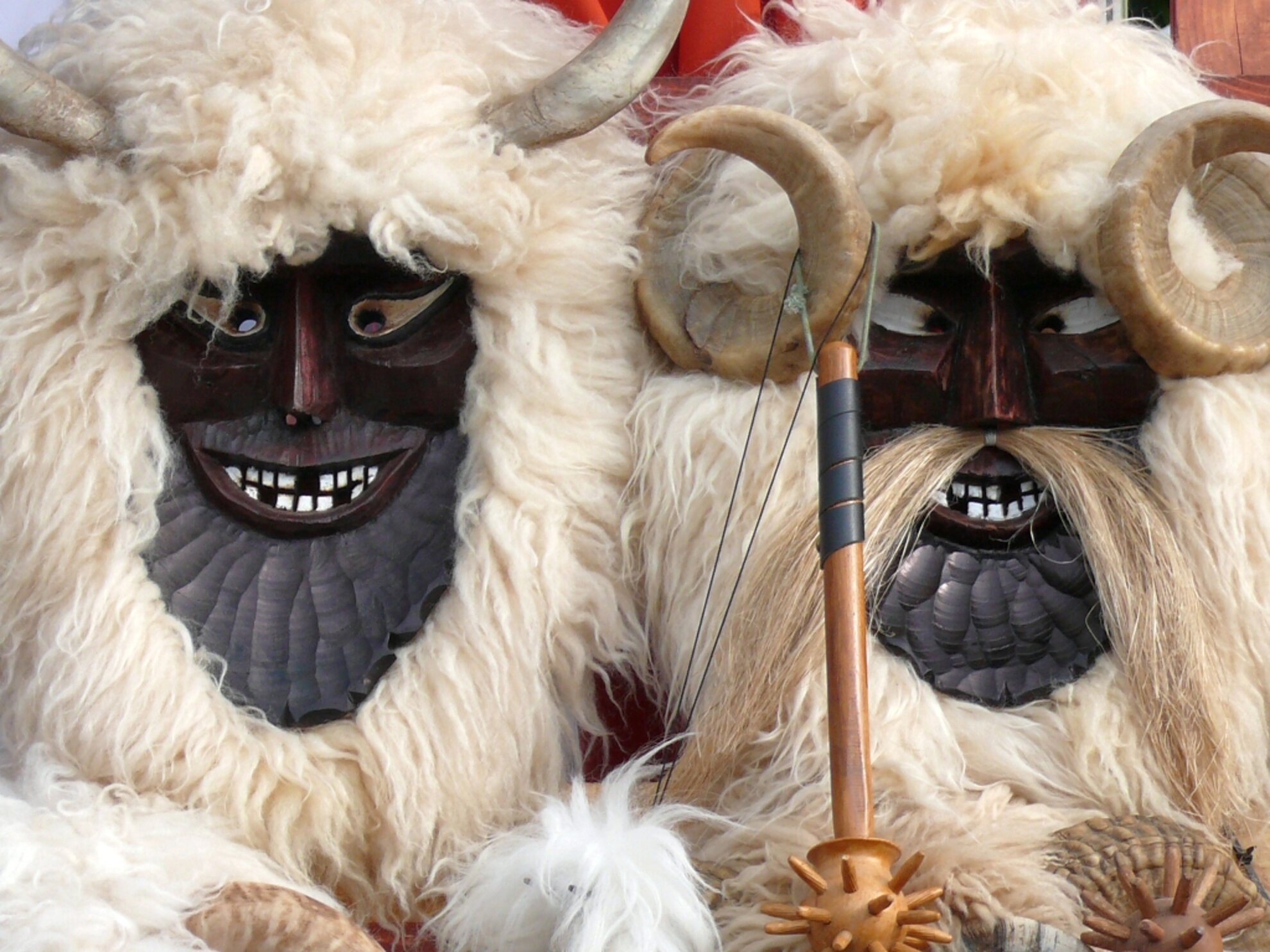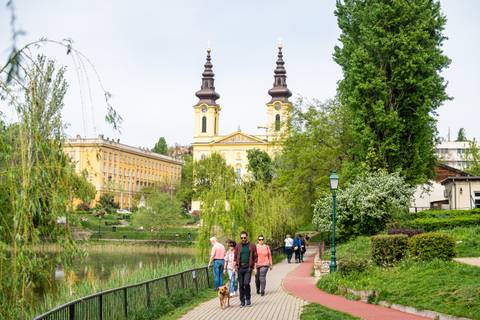For six days this week, a small town in southern Hungary will erupt into a huge pagan celebration which draws thousands of visitors each year. This annual ritual dates back hundreds of years, marking the end of Carnival season, farsang in Hungarian. Featuring traditional masks, folk music, masquerading, dancing, parades, parties and a massive bonfire finale, it’s an event that makes Mohács the place to be every February.
The UNESCO-recognised Busójárás in Mohács runs between 20-25 of February this year. The full list of events (in Hungarian) can be found on the website. Thursday sparks the party with a mask show, folk art exhibition and several concerts, and Friday continues with performances from folk dance groups, a photography exhibition, concerts on the square and a children’s drawing competition, among others.
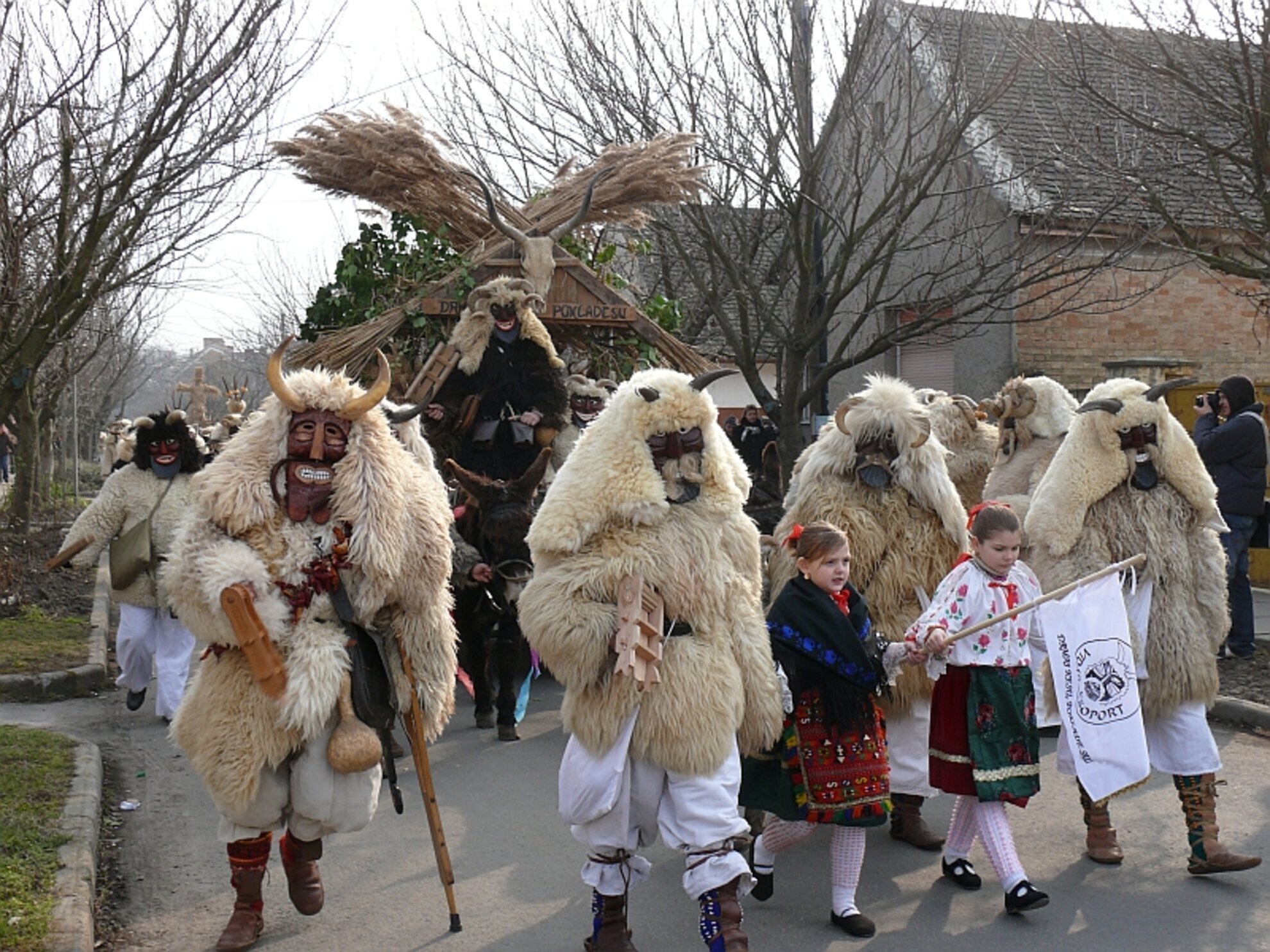
Saturday really sees the event in full swing, starting with a folk-singing competition at 9am and proceeding with creative workshops, a downtown folk arts and crafts fair, hours of dance and music performances, and food and drink a-plenty through the evening. Sunday features an event every half-hour, from mask-carving to singing and dance, a huge carnival celebration downtown and the final burning of the bonfires at 5.30pm. It’s not too late to get in on the fun come Monday, with a short morning agenda of mask-carving, a folk playhouse for children and a wreath-laying at the memorial plaque of Anka Kersics, a famous local Hungarian opera and folk singer. The event ends on Tuesday the 25th, with a carnival workshop, parties on the street, folk dance ensembles and another bonfire burning.
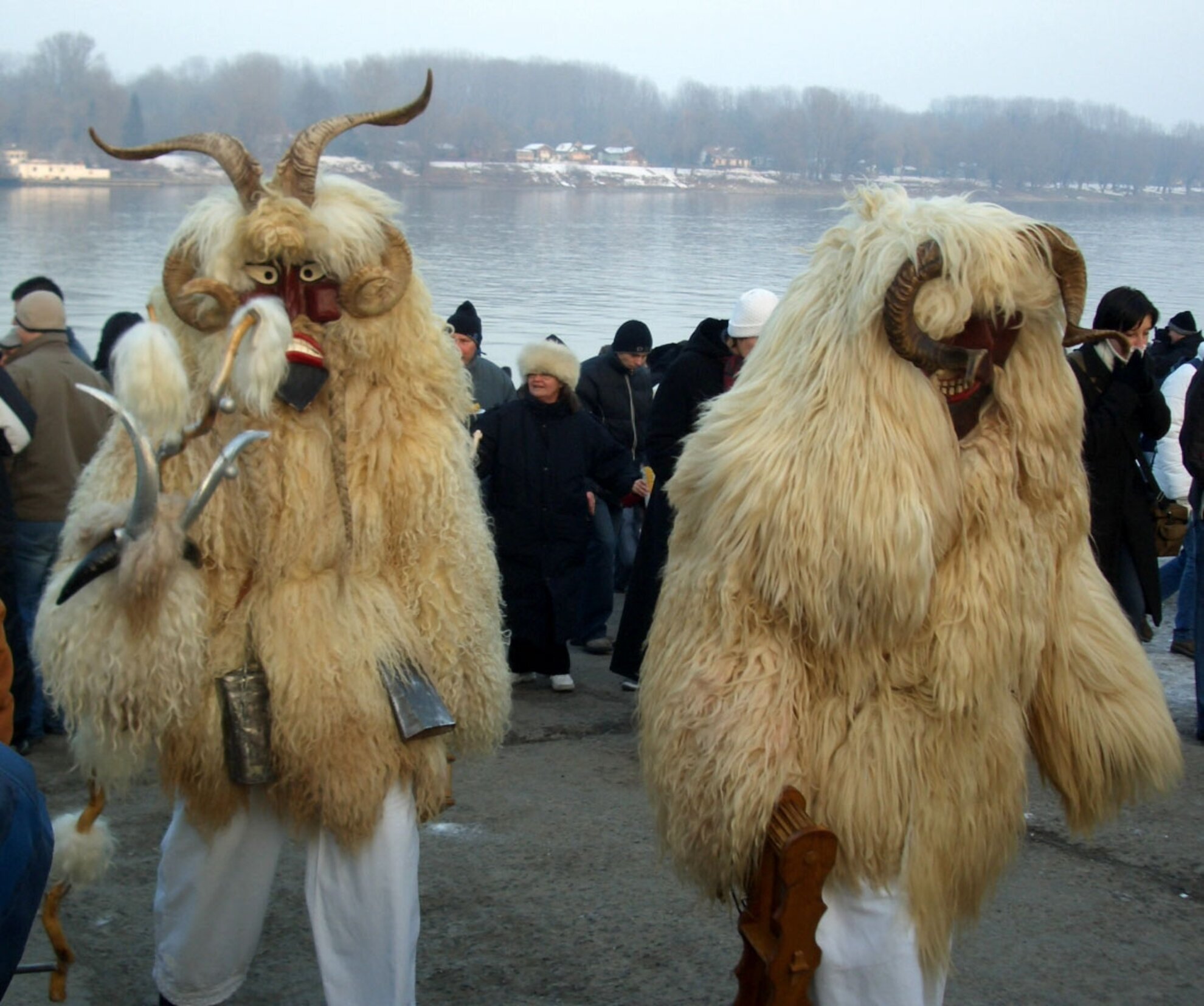
Mohács is a significant spot in Hungary, as two momentous battles were fought here, in 1526 and 1687. 1526 saw the invasion of Turks who would go on to conquer Budapest, and 1687 subsequently marked the defeat of the Ottoman Empire. Legend holds that at some point, the men of Mohács, who had been hiding in the swamps, descended upon their homeland dressed in demonic masks, and chased out the Turks. Today, the frightening Busójárás masks and outfits are a nod to these men.
Traditionally, farsang is a period marked by eating lots of rich food, celebrating loudly and freely, and entertaining guests. Like Carnival in other parts of the world, the celebrations are a last burst of energy and merriment before the 40-day Lent period begins. Of course, the bonfires are a pagan remnant, meant to send winter away and make way for spring.
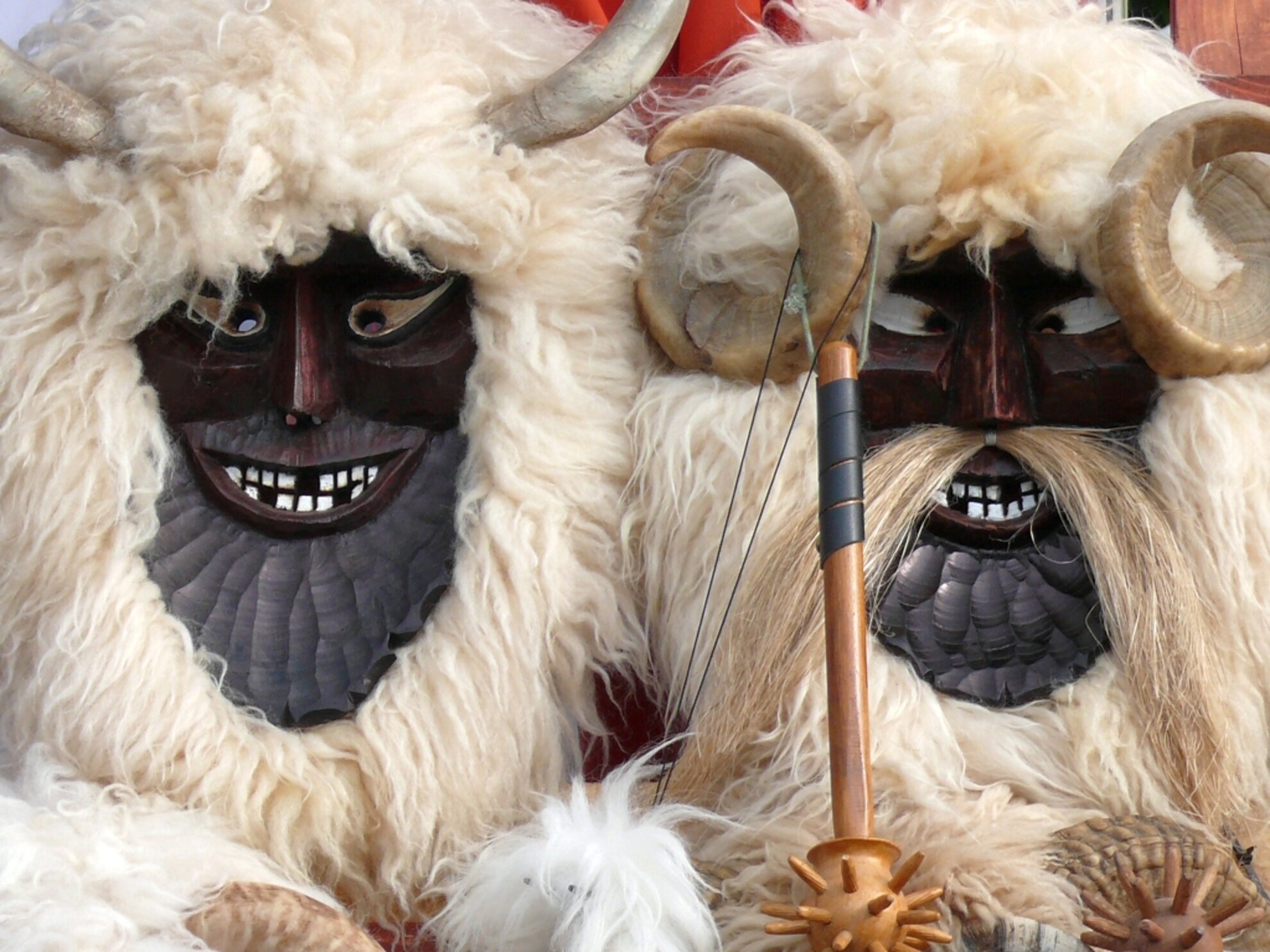
Another element of the Busójárás festival is the friendly pulling of pranks – so don’t be surprised to find yourself chased around and tussled with! All in the name of fun, of course.
Buses run every two to three hours from Budapest Népliget direct to Mohács, journey time 3hrs. Alternatively, take the InterCity train from Budapest Keleti to Pécs (three hours) then a special direct service to Mohács.
